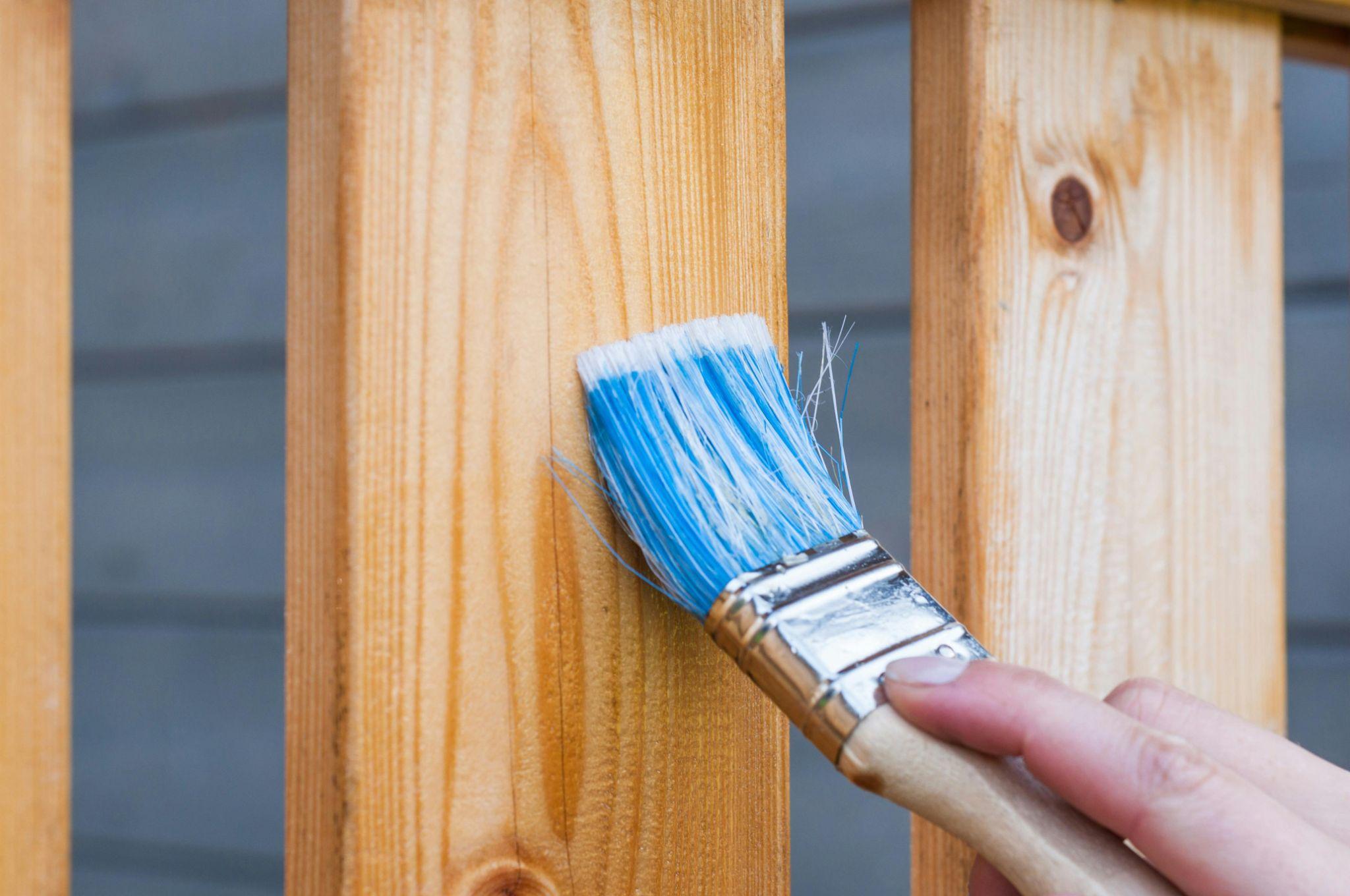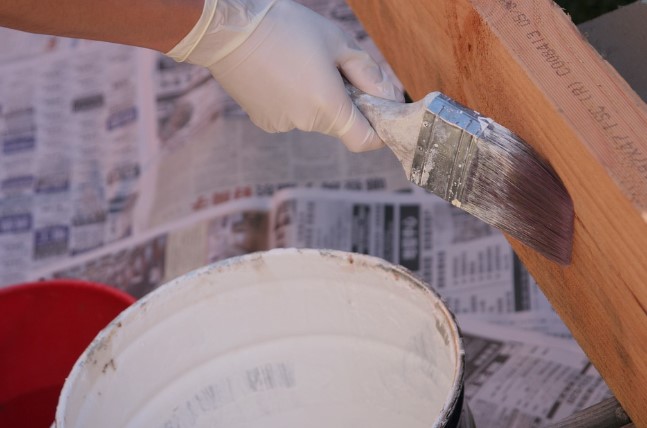Painting your house, interior or exterior, is one of the most effective ways to refresh your property. However, painting is more complex than it may seem, and if not done correctly, it can result in uneven surfaces, peeling, or streaks. This blog post explores practical tips for painting your house to ensure a smooth and beautiful finish.
Choose the Right Paint and Finish
One of the most critical steps in painting your house is selecting the correct type of paint and finish. The paint you choose will affect the appearance, durability, and performance of the painted surfaces. According to seasoned Glendale house painters, using paint designed for the specific surface you're working on is essential. Exterior paints can withstand weather conditions like rain, wind, and sunlight, while interior paints are better suited for controlled indoor environments. Make sure to pick the appropriate one for your project. Semi-gloss or satin finishes are ideal for high-traffic areas as they are easy to clean and moisture-resistant. Flat or matte finishes are better for ceilings and less-trafficked regions, providing a smooth, non-reflective appearance.
Prepare the Surface Properly
Skipping preparation can result in uneven application, peeling, or the paint not adhering correctly to the surface. Dirt, grease, and dust can prevent paint from adhering correctly, so cleaning the surface is essential. Use a mild detergent solution for interior walls and a pressure washer for exterior surfaces. Remove any mildew, mold, or stains that could interfere with the paint application.
Inspect the surface for any cracks, holes, or imperfections that must be fixed. Use spackle or filler to repair small holes and dents in interior walls. For exterior surfaces, patch any cracks or gaps with caulk. Sand down rough spots to ensure a smooth surface for painting. Applying primer is essential, especially if you're painting over a darker color, bare wood, or surfaces that haven't been painted in a long time.
Use High-Quality Painting Tools
Investing in high-quality painting tools can significantly improve the outcome of your project. Using the right brushes, rollers, and painter's tape will help you achieve a professional-looking finish. Use a roller with the appropriate nap length for the texture of your surface. Smooth surfaces require a shorter nap, while textured surfaces need a longer nap. Use high-quality brushes for cutting along edges and corners, providing better control and leaving fewer brush marks.
Applying painter's tape around windows, trim, and baseboards ensures clean, straight lines and prevents the paint from bleeding onto adjacent surfaces. Electrical outlets, light switches, and door handles can also be covered with tape or protective coverings. Using the right tools speeds up the process and guarantees a smooth and polished finish.
Apply Paint Using the Right Technique
Start by using a brush to cut in around the edges of the room, such as the ceiling, baseboards, and window frames. Cutting in creates a clean edge and allows for better control when applying paint to tight areas. Once you've cut in, use a roller to paint the larger areas. Work in small sections; always roll in a W or M pattern to distribute the paint evenly on the surface. Avoid overloading the roller with paint to prevent drips and streaks. Don't try to cover the entire surface in one thick coat of paint. Rushing the process can lead to streaks, uneven coverage, and a subpar finish. Follow the manufacturer's recommended drying times for the best results.

By following these practical tips—choosing the right paint, preparing the surface properly, using high-quality tools, applying paint with the proper technique, and being mindful of weather conditions—you can achieve professional-quality results that will enhance your home's appearance for years. Whether you're painting a single room or tackling the entire exterior, a little preparation and attention to detail can make all the difference in the success of your project.










